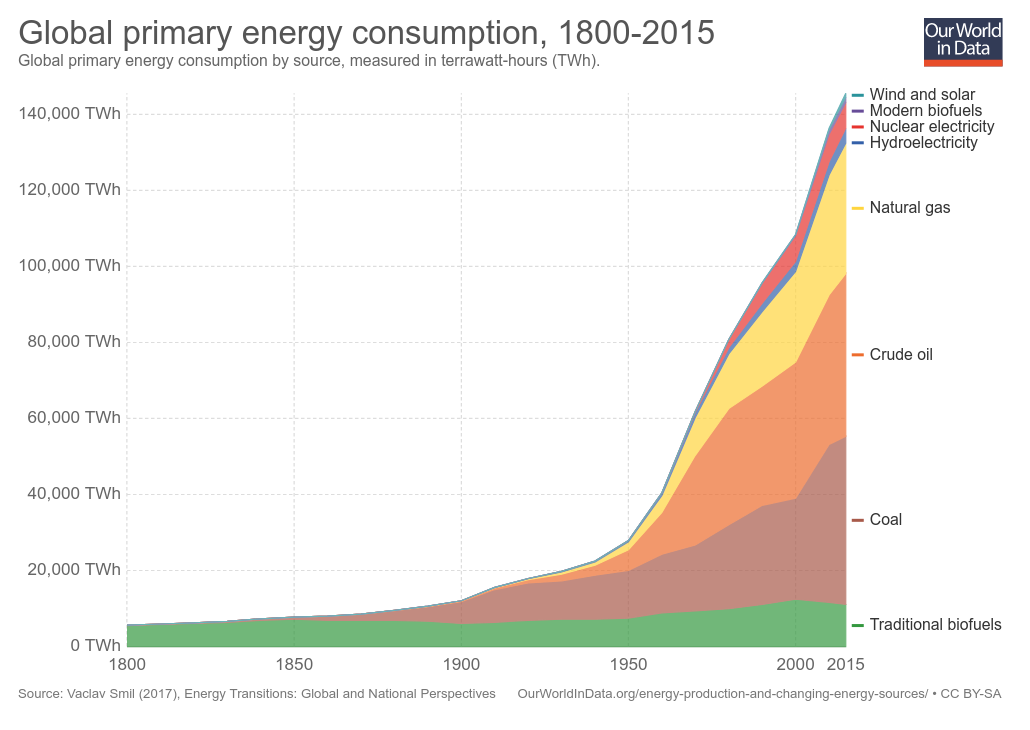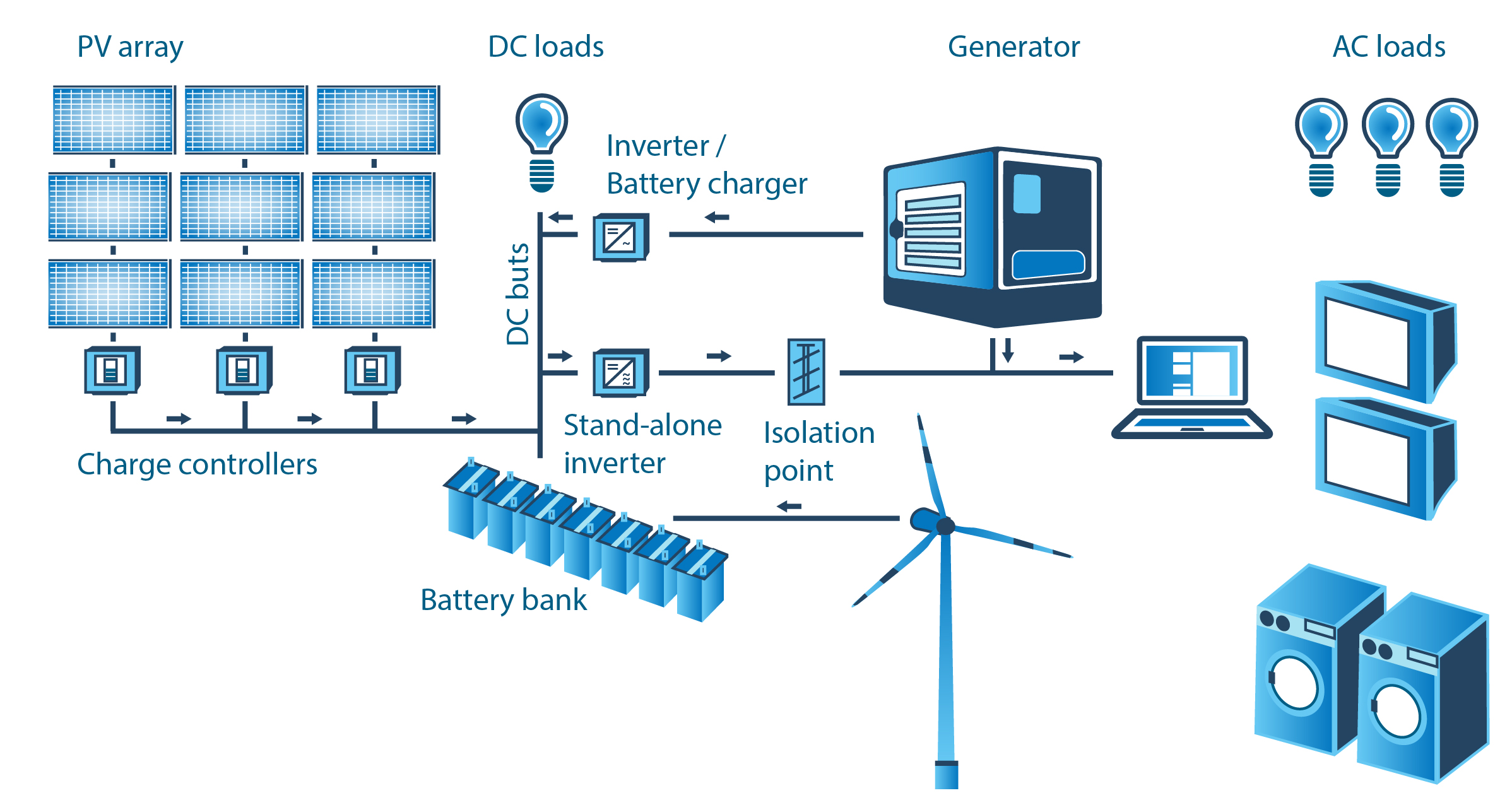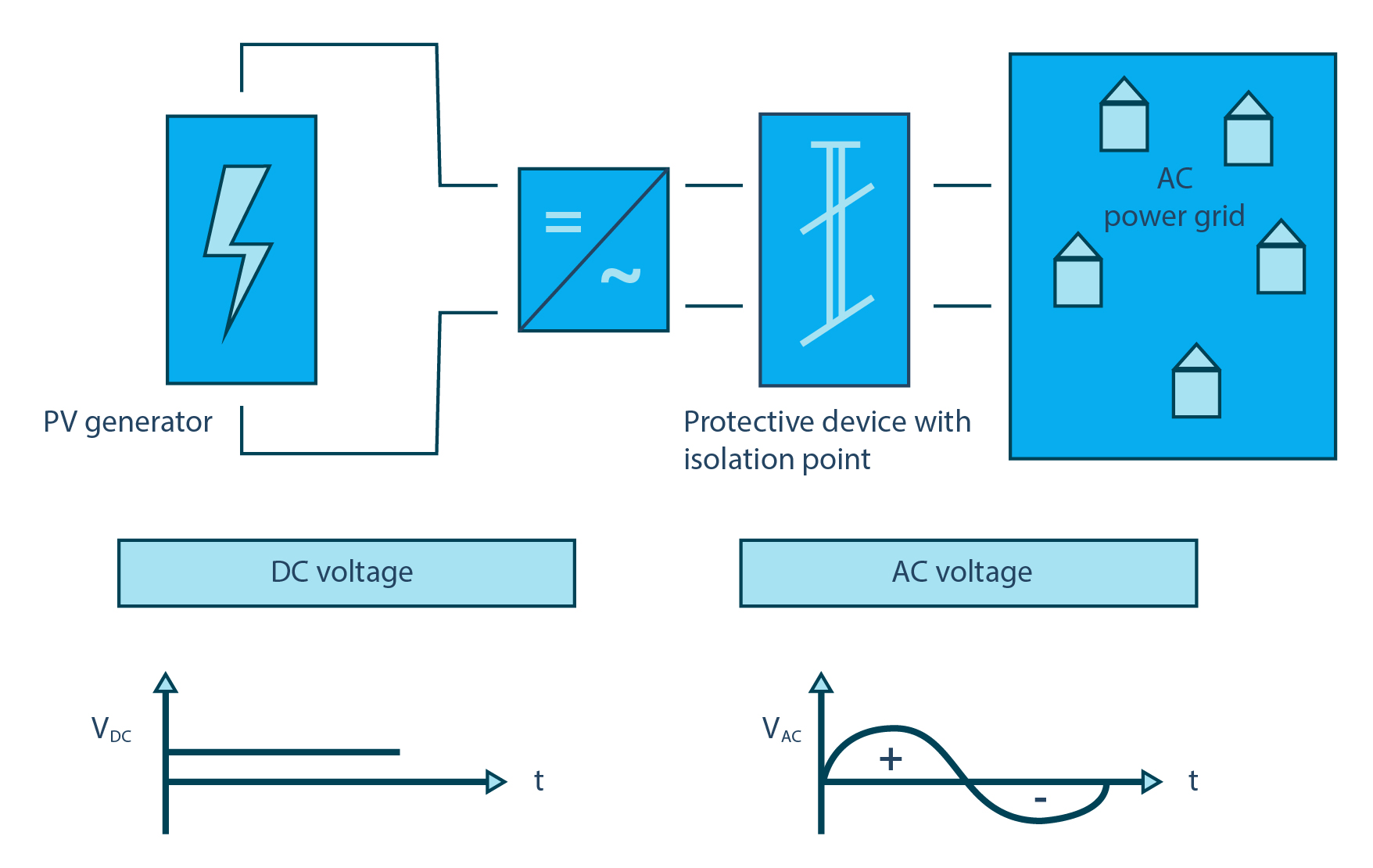Regenerative and Fossil Energy
Energy is today used mainly for transport, heat and electrical energy. As we know energy makes our lives easier. Convenient life and high living standards involve enormous energy needs, which is nowadays not only a technical but economical and political challenge. Until now the main energy source is fossil based. Fossil fuels include mined coal, sulfur and hydrocarbons - petroleum or natural gas - which are the remains of degraded plants and animals. This type of energy was accumulated in hundreds of millions of years, mankind overwhelms it in a few hundred years. This is shown in the following picture.

All naturally occurring energy carriers are considered to be primary energy sources. For example electric energy and gas / oil are secondary energy carriers which is achieved from primary sources.
Because the Earth’s energy reserves are finite, it is important to look for some other options, like renewable energy sources (wind, water, solar energy), to get the needed amount of energy.
Photovoltaic
As the solar box uses photovoltaic energy we take a closer look at it: Photovoltaic has a long history. It began in 1839 with observations carried out by Edmond Becquerel. Becquerel observed that if two platinum electrodes are placed in solution and exposed to sunlight, electric current flows. This effect was very small and had no practical significance at that time, yet it remained unforgotten. Moreover, this effect was not understood until Einstein delivered the explanation of the photoelectric effect and quantum nature of light in his well-known paper from 1904. But even then this effect remained for a long time an interesting physical phenomenon but without practical meaning. A working solar cell was only realised after semiconductor technology had evolved. In particular, the availability of high-purity crystalised silicon was an important prerequisite. Even today silicon remains by far the most important material for solar cell production. The first silicon solar cell was created in 1954 in the Bell Laboratories in Murray Hill, United States, by the scientists Chapin, Fuller and Pearson. Even back then solar cells were able to achieve an efficiency of 6 per cent, which was soon increased to 10 per cent. [1]
Stand-alone PV-systems
It is a PV system that has a battery to store the extra energy.
Advantage: Can put this excess electricity in batteries. Storing the extra energy, which allows self-supply with electrical energy. So you can use it perfectly in remote locations / rural areas with no grid connection.
Disadvantages: Extra costs, energy storage typically comes with losses. In the Figure below you can see an example of a system.

[Figure 3 - Stand-alone PV-systems] [1]
Stand-alone hybrid systems
Since batteries can only store a limited amount of energy, it is possible to use a backup generator (i.e. diesel), if the weather conditions prevent the PV or wind generators from generating energy
The Figure below shows an example of a stand-alone hybrid system.

[Figure 4 - Stand-alone hybrid systems] [1]
Grid connected PV-systems
Grid connected PV-systems are directly connected to the utility power grid.
Advantages: They are generally cheaper and simpler to install.
Disadvantages: The energy supply depends on the grid and the power transmission infrastructure.
The Figure below shows an example of a stand-alone hybrid system.

[Figure 5 - Grid connected PV-systems] [1]